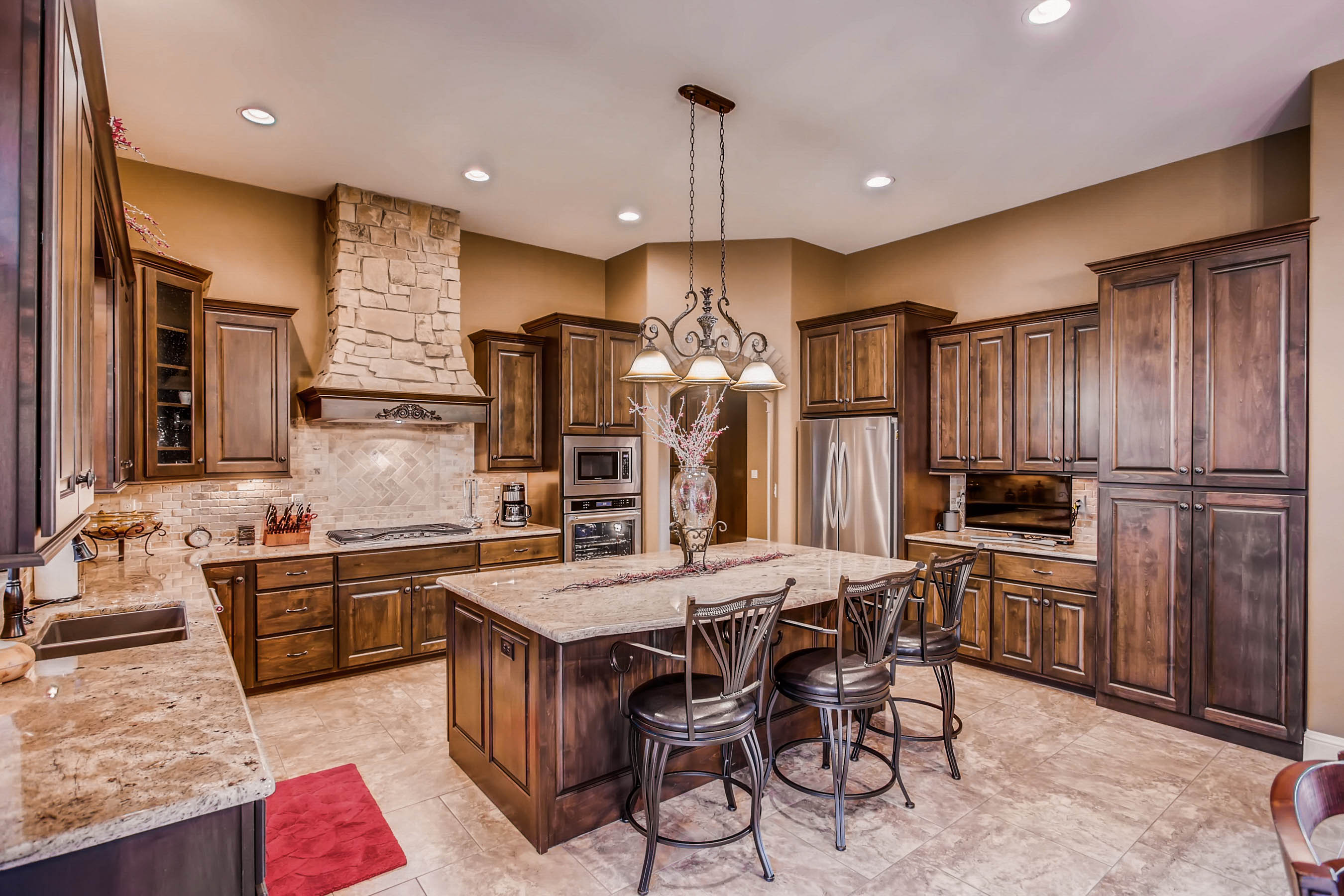How to Start a Renovation and Where to Begin
Working on your home can be a daunting prospect. Your mind may be flooded with ideas. You may be overloaded with advice from family and friends. You may be grappling with big questions, such as: Should we stay or should we move? Should we extend or simply tweak the space we already have?
The biggest obstacle can simply be knowing where to begin. If this is the case, it’s time to step back, gather your thoughts and apply a little objectivity to the process. Whether you’re planning a whole-house makeover or a fundamental reorganization, here are some ideas for how to go about creating a home that meets your needs in the best possible way.

Starting Point 1: Ambient Architecture, original photo on Houzz
Plan a methodical makeover. When major work isn’t required but the whole house needs a face-lift, work systematically through each room to establish the extent of the work and outlay required. Start in the hall — it typically needs more thought than you might imagine — and work logically from there.
Think methodically about each room in terms of floor, walls, ceiling, lighting and furnishings. Prepare a list of items to be purchased and building or decorative work to be done. You’re aiming to create a priced inventory of all the material needed for a successful project.
You may find it useful to create a shopping list with relevant dimensions on your phone or in a dedicated notebook for handy reference on the go.
Start with issues, not solutions. If significant alterations or even an extension are envisaged, take time at the outset to reflect on what’s propelling you to undertake the work in the first place.
Think specifically of what your issues are in terms of space, light and storage. Exploiting each of these elements to its fullest is key to creating a home that fits your needs like a glove. Whatever your space and budget, there’s an optimal solution for each part of this home-design trinity.
Also bear in mind the present and future life stages of members of the household — from toddlers to school children to young adults – and how your home will need to respond to each.

Starting Point 2: Black Fox Interiors, original photo on Houzz
Compare what you have with what you want. Where your issues relate to use of space, start by preparing an inventory of the rooms you have now and how they’re used. Next, itemize the spaces you’d like to have and the uses you need to accommodate. Imagine you’re writing the brief for your ideal home.
Comparing both these lists should identify any “gaps” that need to be filled. The challenge then is to see whether your existing home can be rethought to meet these needs.
For example, can the extra living room you desire be accommodated in a first-floor room? Or in a loft? Can the guest bedroom double as a home office? Be broad in your thinking to achieve best use of your resources, both spatial and financial.
Related: Furniture to Transform That Spare Room Into a Home Office
Maximize your existing space. If you feel you need more space, first check that the rooms you already have are working sufficiently hard before deciding whether to extend.
Perhaps you even have an unused room. Could it be reinvented and put to work in a different way? Is it actually a problem room — with issues of light, warmth or arrangement that need to be solved before it can be put to any use?
Could the dividing walls between the rooms at the back of your house be removed to create that coveted kitchen/dining/family room?
If you do decide to extend, make sure that the existing house flows into the extension and that, between both areas, your needs in terms of space and storage are fully met.

Starting Point 3: Dorman Architects, original photo on Houzz
Boost natural light. If light is your main concern, a light-filled extension might seem a tempting vision. But bear in mind that such an extension may reduce light in your existing spaces.
Large windows to even the tiniest of external spaces can transform the light levels in any room. So, too, can light tubes, always a powerful source of light.
Where space and planning controls permit, a garden room, such as the one in this photo, can expand your space without impinging on the quality of light in the main house. Depending on the orientation of your home, the garden room may even enjoy better sunlight than the main rooms.
Manage your storage. Your aim throughout the house should be to achieve storage that’s both convenient and appropriate to what’s being stored.
You may think your existing storage is woefully inadequate, but before ripping it out and starting again, ask yourself: Could it work harder?
In the kitchen, for example, rearranging the contents of existing drawers and adding cabinet shelves can free up valuable space. This thinking can be applied to closets, linen cabinets and all other special storage areas around the house. Your main outlay here will be time, not money.
Related: Inspiration for a Beautifully Organized Closet

Starting Point 4: Domus Nova, original photo on Houzz
Turn a “problem room” into a successful one. If there’s a room in your home that’s shunned and avoided, you may well have a problem room.
However, there’s always a reason why a room is not used. It may, for example, be physically or architecturally cold, uninviting in its furniture arrangement or just dark and gloomy.
Make an effort to find out what doesn’t work in your problem room, explore possible solutions and get cost estimates for the work involved. Could you take down a wall, as in this inviting, open-plan space? Even moving a door or a radiator can transform a room — and for a fraction of the cost of an extension.
Prioritize the fundamentals. Tackle issues of watertightness, plumbing, electricity and thermal insulation in the first instance.
You won’t see visual benefits, but a warm, snug home is a springboard to greater things.

Starting Point 5: Eoin Lyons, original photo on Houzz
Seek professional advice. There’s no end of advice available when undertaking work on your home. Everyone around you will have an opinion, and you’ll find a huge volume of inspiration from a variety of sources.
The downside is that, amid all this, you risk becoming addled and even paralyzed, unable to figure out what you need to do and how to do it.
If you do find you’re out of your depth, seek expert, paid guidance. A good professional will advise you on how best to spend your money and help you avoid costly mistakes. The earlier you involve a professional in your project — even if it’s just for a one-off consultation — the better.
Stay focused. Whatever scale of work you take on, resolve to stay focused to the very end. Renovation work tends to be a long and tiring process, and you may be tempted along the way to delegate minor — or even major — decisions to outside parties.
Those decisions you delegate may haunt you. Remember, your aim is to create a home that fits like a glove.
The post How to Start a Renovation and Where to Begin appeared first on Best Real Estate Agents in Northern Colorado.


























